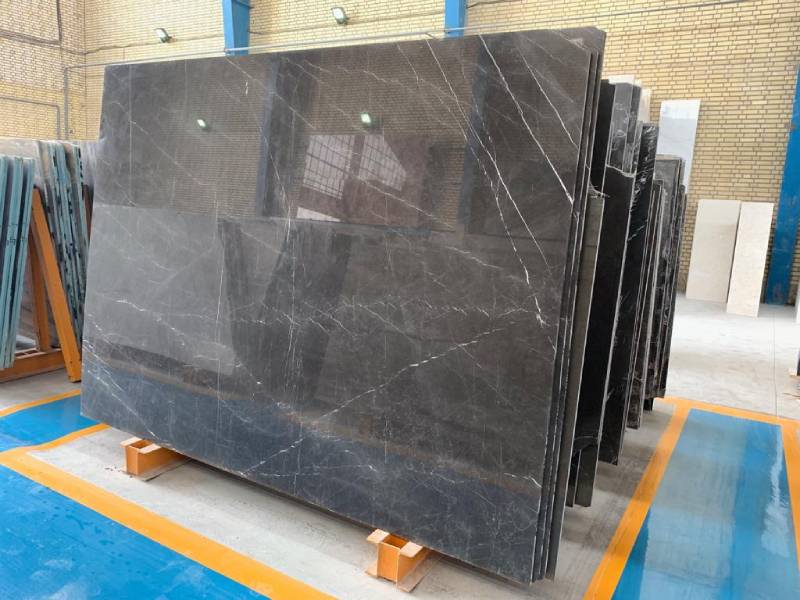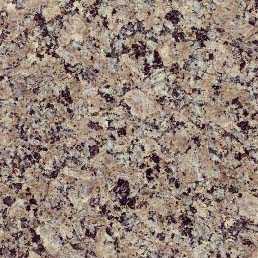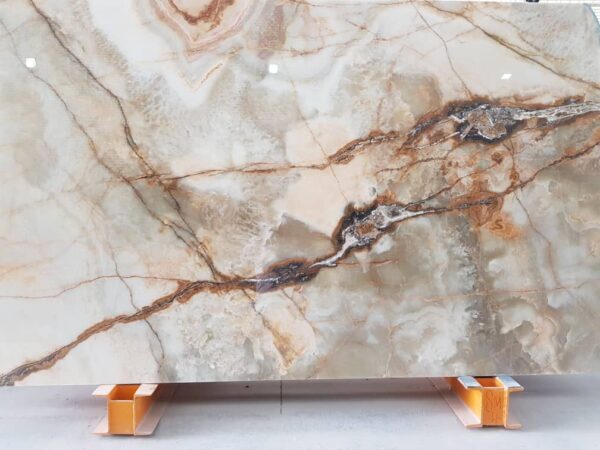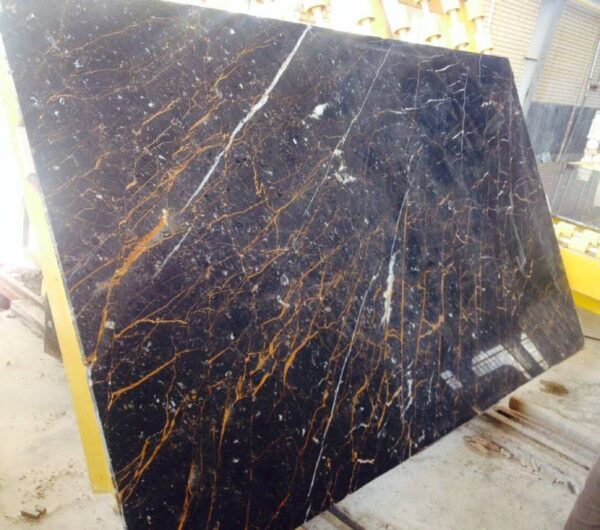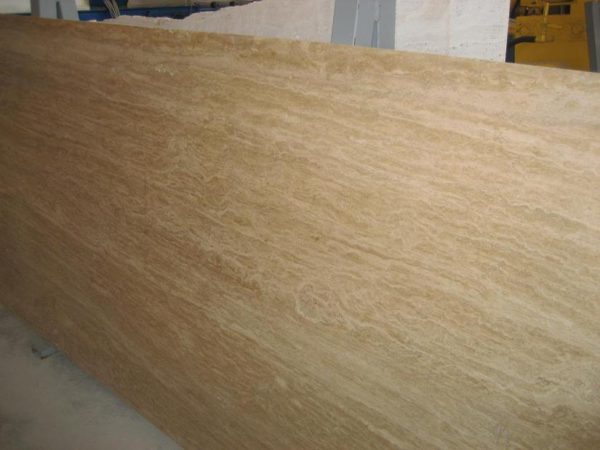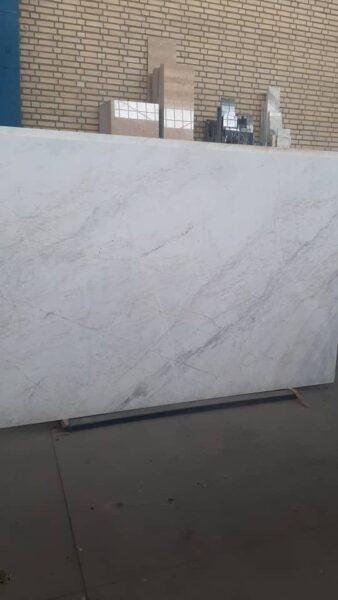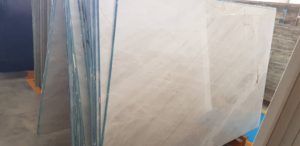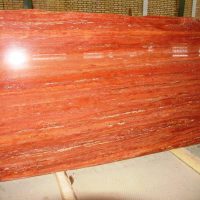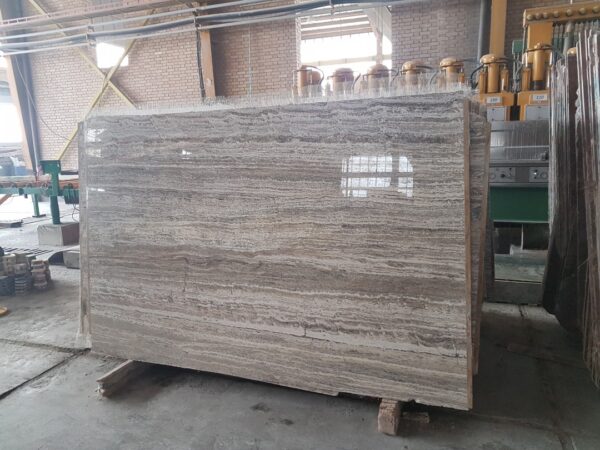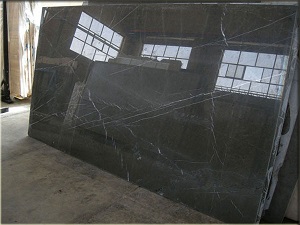By learning stone’s basic attributes, make an impressive decision on which stone is suitable for your next project.
Based on appearance and performance of your project you should choose the perfect stone.
Personal taste is primary matter of choosing.
Because one of the nifty sights of using stone is to display your own personality by its unique nature.
The variety of colors, textures and different finishes in stone types gives you the huge range of choices.
For example, for floor coverings, being durable and water resistant is important.
First, we should understand the strengths and challenges of the various types of stone available.
Surface finishes:
The high density and low porosity equals ability high polish.
Other surface finishes available are honed, sawn and sandblasted.
Appearance:
Typically white, often with some minor veining but also available in colors. Like black, blue-grey, red and pink.
Like black, blue-grey, red and pink.
Marble is generally very fine grained although some types with large grains (+5cm) are available.
Common usage:
Paving, internal and external cladding, bench and vanity tops, floor and wall tiles.
Reasons for selection:
Its translucent nature and pearly luster is unique.
The range of materials available allows selection of uniform colors, subtle veining or a dramatic mosaic effect.
Characteristics to consider:
Most types of marble are composed predominantly of calcium carbonate and are therefore sensitive to acid attack.
Marble is also relatively soft making it sensitive to scratching and surface wear.
The use of textured finishes in high traffic areas is likely to polish leading to a reduction in slip resistance.
Some types of marble have been known warp when used externally as large format panels.
Performance evaluation criteria:
Water absorption, density, compressive strength, flexural strength, dimensional stability, petrographic examination.
Performance evaluation criteria:
Water absorption, density, modulus of rupture, secondary mineral content.
Appearance:
The most versatile of materials.
Granite can be processed to produce a wide range of finishes from a highly reflective polish to a rough exfoliated (flamed) surface.
Other surface finishes include honed, sandblasted, antiqued and water-jet blasted.
Color range:
Granite covers the whole pallet of colors, from jet black to ice white.
Other common colors are red, brown, green, grey, yellow-gold, and blue.
Granite, by definition is ‘granular’, but the grain size varies widely from less than 1mm to more than 5cm.
Common usage:
Paving, internal and external cladding, wall and floor tiles, bench tops and monuments.
Reasons for selection:
Granite could be considered the most durable stone type; it is generally strong and hardwearing.
Granite has a relatively low water absorption capacity and combined with chemically inert minerals gives the stone good resistance to most stains.
Characteristics to consider:
Dark colored granites usually have a tendency to show oil stains.
As dark colors tend to absorb more heat, it is important that expansion joints are properly designed especially where the materials is to be used in an exposed location.
Light colored stones are more likely to show rust stains, whether they are from an external source or from altered minerals within the stone.
Poor extraction techniques (e.g. blasting) may introduce stress cracks into the granite, which will weaken the stone.
Performance evaluation criteria:
Water absorption and density are good indicators of the freshness and general strength of granite.
Determining flexural strength (4-point bending strength) is vital to determine the suitability of a stone for use as large format cladding or paving.
Coefficient of thermal expansion provides information on the linear expansion of the stone upon heating which can be used to determine the size and spacing of expansion joints.
A thorough petrographic examination can be carried out to determine the ‘freshness’ of the stone, the presence of micro-cracks, or minerals that may cause staining at a later stage.
Surface finishes:
The density of limestone varies considerably and this affects the surface finishes available for different types of limestone.
High-density limestone (e.g. Jura from Germany) can be processed to produce a ‘satin’ honed finish.
Coarser and less dense types of limestone are limited to a sawn or coarse-honed finish.
Appearance:
Predominantly white, cream or tan sometimes with golden ‘highlights’ due to the presence of limonite (iron hydroxide).
Limestone is also available in blue-grey, grey and black.
Common usage:
Paving, internal and external cladding, floor and wall tiles.
Reasons for selection:
Limestone is a sensual stone being pleasing to the eye as well as to the touch.
It offers a range of subtle pastel and natural colors, which blend in with today’s minimalist trend while still imbuing warmth.
Most limestone is resistant to salt attack making it a good choice for pool surrounds.
Characteristics to consider:
Because limestone is composed of calcium carbonate, it is sensitive to acid, which can dissolve the stone.
On ‘polished’ or fine-honed surfaces, this acid attack will leave unsightly etching marks on the surface.
Limestone is relatively soft (compared to granite) and this can result in surface wear and loss of polish in high traffic areas – black limestone is particularly sensitive to tracking.
Most types of limestone contain linear features (veins) known as stylolite.
These features may be lined with clay, which can weaken the stone, especially when wet leading to premature failure or surface spalling
Performance evaluation criteria:
Water absorption, density, compressive strength, modulus of rupture, resistance to salt attack (for low-density stone), dimensional stability, abrasion resistance, petrographic examination.
Surface finishes:
Commercial travertine usually has a relatively high density; therefore, it usually processed to produce a ‘satin’ honed finish.
The material can be used with the pores unfilled or filled with a stable cementitious or polymer filler.
Travertine can also be processed with textured finishes such as sandblasted or bush hammered finish.
Appearance:
Predominantly white, cream or tan sometimes with subtle golden or blue-grey tones.
The appearance of travertine can vary dramatically depending on how it is cut. Cutting travertine across the ‘grain’ highlights the tonal variations in the deposition layers and exposes the large, normally elongated pores. Material slabbed in this fashion is called vein-cut.
If the travertine is cut parallel, or along the grain, the variations in the layers are presented as a flowery, blotchy or circular pattern – this slabbing orientation is called crosscut or fleur cut.
Common usage:
Internal and external cladding, floor and wall tiles.
Reasons for selection:
The unique patterning and texture of travertine has been admired for thousands of years.
Travertine is generally a dense and durable material that is soft to the touch and stays cool under foot, which makes it a good choice for barefoot areas such as bathrooms or pool surrounds.
Characteristics to consider:
If used unfilled, the characteristic porous nature of travertine can lead to entrapment of dirt and grime.
Although travertine is a relatively strong material.
It means the elongated pores within vein-cut travertine can cause a considerable reduction in flexural strength compared to crosscut material.
Like limestone, travertine is composed of calcium carbonate and is therefore sensitive to acid attack.
Performance evaluation criteria:
Water absorption, density, flexural strength and abrasion resistance.

